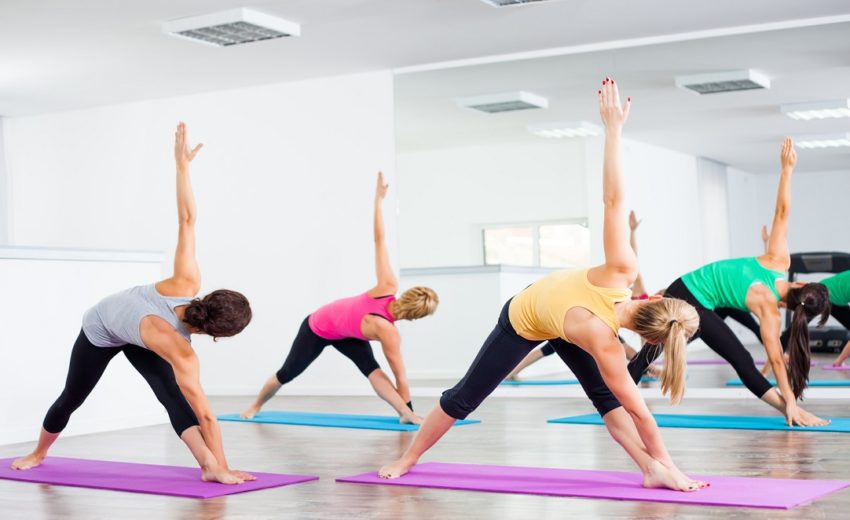Vinyasa Yoga Classes

About The Class
Vinyasa, also called “flow” due to the graceful way that the poses run together, is one among the foremost popular contemporary sorts of yoga. it is a broad classification that encompasses many various sorts of yoga, including Ashtanga and power yoga.
In contemporary yoga parlance, vinyasa stands con to hatha. Hatha classes tend to specialise in one pose at a time with rest in between. In contrast, flow classes string poses together to form a sequence. The sequence could also be fixed, as in Ashtanga during which the poses are always wiped out an equivalent order, but most of the time vinyasa teachers have the discretion to rearrange the progression of poses in their own ways.
In vinyasa yoga, each movement is synchronized to a breath. The breath is given primacy, acting as an anchor as you progress from one pose to subsequent . A cat-cow stretch is an example of a really simple vinyasa. The spine is arched on an inhale and rounded on an exhale. A sun salutation sequence may be a more complex vinyasa. Each movement within the series is cued by an inhalation or an exhalation of the breath. Vinyasa’s strength is in its diversity. If you appreciate having things a touch loose and unpredictable and wish to keep moving, this style is certainly worth a try.
In most cases, there’s no single philosophy, rulebook, or sequence that teachers must follow, so there’s tons of room for individual personalities and quirks to return through. This makes it essential that you simply find an educator you enjoy and may relate to. If your first flow class doesn’t rock your world, keep trying different teachers until you discover one that’s a far better fit.
The beauty of Vinyasa yoga is that the variety. there’s no standard sequence in Vinyasa yoga, therefore the style, pace and intensity will all vary counting on the teacher. Classes could also be sequenced around a peak pose like a backbend, or they could specialise in a specific theme like the chakras or a facet of yoga philosophy. the category could also be dynamic and specialise in strengthening postures, or it’s going to be a slower flow with a stress on mobility and adaptability within the spine or the hips.
The term vinyasa refers to the alignment of movement with the breath, so although you’ll also hold poses for a couple of breaths, you’ll move from one pose to subsequent using the inhalation and exhalation.
Ujjayi breathing could also be practised during Vinyasa classes, this is often where the rear of the throat is slightly constricted to make a whispering sound just like the waves coming to shore. This helps to stay the main target on the breath and therefore the here and now during the practice.
As with Ashtanga Yoga, a Vinyasa Yoga teacher may cue the utilization of the bandhas, or energetic and muscular locks, which assist you in moving safely in and out of poses and holding them.
The transitions or movements between postures are equally important. Moving safely and with awareness between postures can help to stop common yoga injuries. you’ll read more on transitions from Jennilee Toner in Vinyasa Flow transitions and the way to securely navigate them.
Benefits of a daily Vinyasa yoga practice
- The steady cycle of inhales and exhales provides you with a relaxing , mental focus.
- Increased strength and adaptability – whether slow or fast-paced, Vinyasa classes are an excellent workout for your body.
- Reduces stress and tension in the physical body by activating the parasympathetic nervous system
- The continual movements, from one pose to a different , gives you another cardiovascular benefit creating internal heat.
